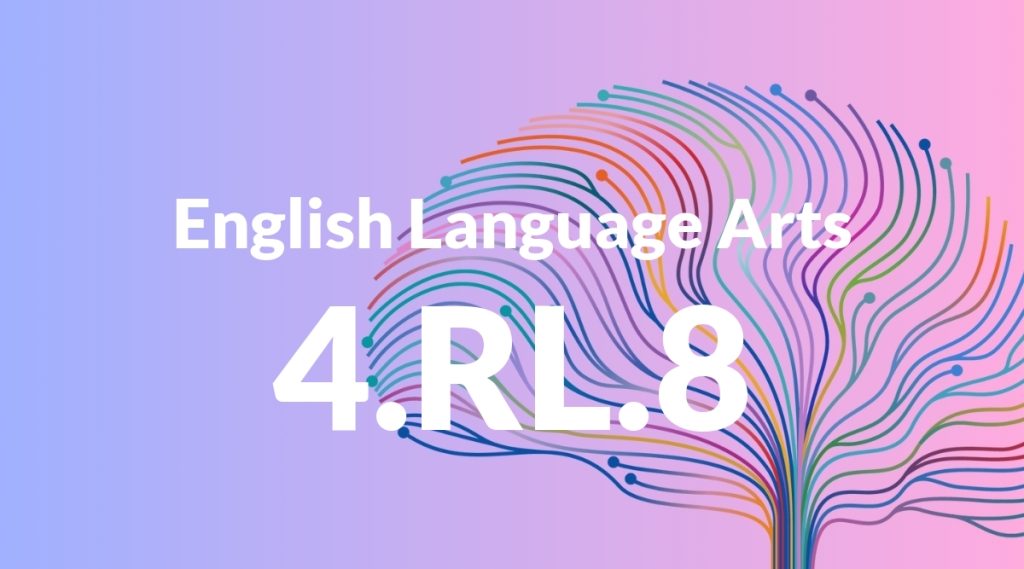Standard: 4.RL.8 – (Not applicable to literature)
Grade level: Grade 4
Subject: English Language Arts
Domain: Reading: Literature
Teacher Overview
This standard focuses on developing students’ ability to analyze literature. Although 4.RL.8 is not directly applicable to literature, it serves as a reminder that students should engage in higher-order thinking about texts. This is crucial for building critical thinking skills and preparing students for more advanced literary analysis in higher grades. Students should have a foundational understanding of story elements such as characters, setting, plot, and theme. They should also be able to discuss and identify main ideas and supporting details in simple stories.
After mastering this standard, students will be able to analyze more complex texts, draw connections between different pieces of literature, and understand deeper themes and motifs in stories.
Common Misconception 1
A common misconception is that all stories share the same themes. This is incorrect because each story has its unique themes and messages, shaped by its characters, plot, and setting.
Intervention 1
To address this misconception, engage students in activities that compare and contrast themes across different stories. Discussions and graphic organizers can help students see how themes are uniquely developed in each text.
Common Misconception 2
Another misconception is that analyzing literature is just summarizing the plot. This is incorrect because literary analysis involves deeper thinking about character motivations, themes, and the author’s purpose.
Intervention 2
Encourage students to go beyond summarizing by asking probing questions about the text. Use activities that require them to analyze characters, themes, and the author’s intent.
Prerequisite Knowledge
Students should be familiar with basic story elements such as characters, setting, plot, and theme. They should also have experience with reading and discussing simple stories and identifying main ideas and supporting details.
Subsequent Knowledge
After mastering this standard, students will be able to analyze more complex texts, draw connections between different pieces of literature, and understand deeper themes and motifs in stories.
Instructional Activities
- Book club discussions on themes and character development
- Character comparison charts
- Story element analysis projects
- Writing book reviews




